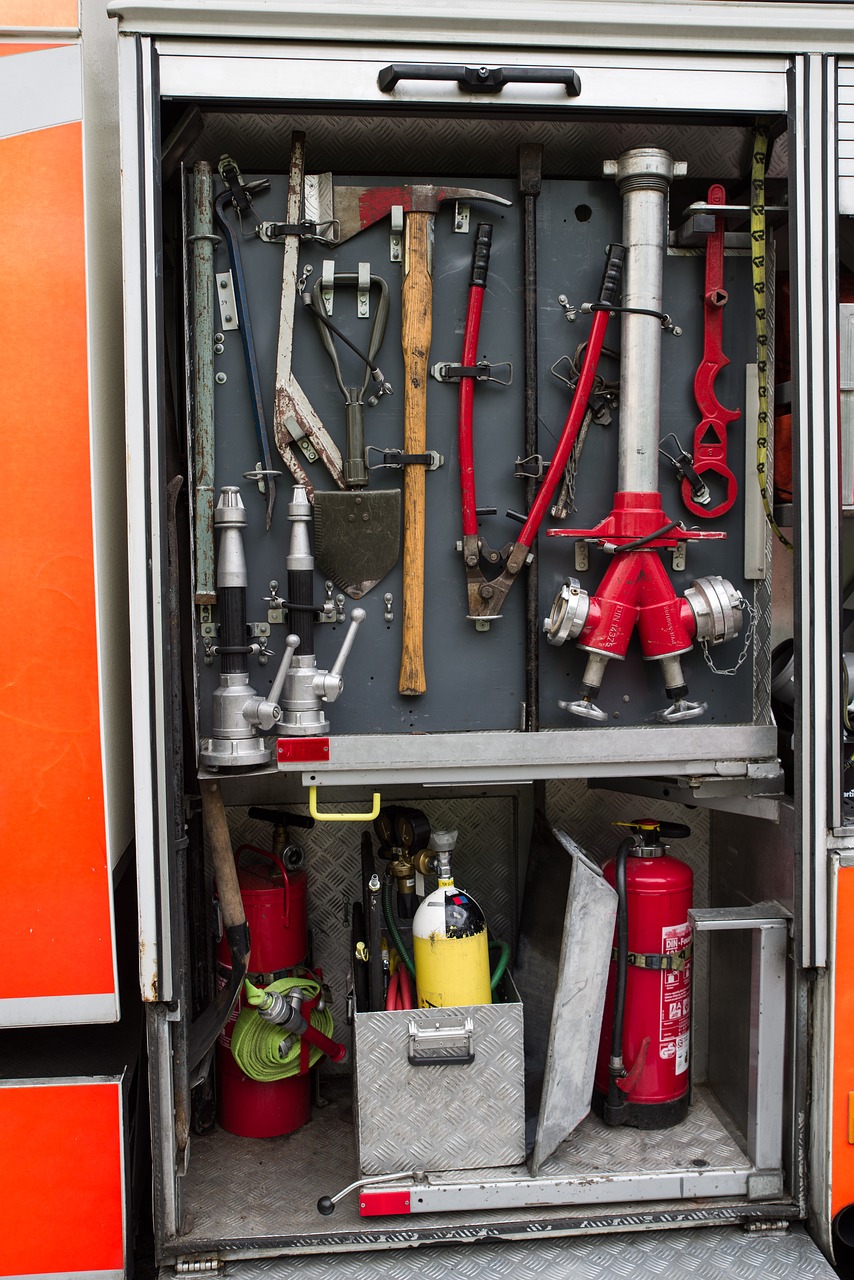Most volunteer fire departments rely on dedicated individuals who are willing to put their lives on the line to protect their communities. Ensuring these firefighters have the best turnout gear is crucial for their safety and effectiveness on the job. From protective clothing to helmets and gloves, selecting the right gear can make all the difference in emergency situations. In this guide, we will discuss important factors to consider when choosing turnout gear for volunteer fire departments, including safety standards, durability, and proper fit to help you make the best decisions for your team.
Factors to Consider When Choosing Turnout Gear
Your volunteer fire department needs the best turnout gear to ensure the safety and performance of your team. Consider the following factors when making your selection:
- Material and Protection Level
- Fit and Comfort for Effective Performance
- Durability and Maintenance Requirements
- Visibility and Reflectivity
Material and Protection Level
You must prioritize the safety and protection of your firefighters when choosing turnout gear. Consider the materials used in the gear, such as Nomex, Kevlar, or PBI, which offer different levels of protection against heat, flames, and water. It is crucial to select gear that meets or exceeds NFPA standards for flame resistance and thermal protection.
Fit and Comfort for Effective Performance
Even the most protective gear is ineffective if it doesn’t fit properly or is uncomfortable to wear. It is important to ensure that the turnout gear provides a proper fit for each firefighter to allow for optimal mobility and range of motion during emergency situations. Comfort features such as moisture-wicking liners, ergonomic designs, and adjustable components can enhance overall performance and reduce fatigue.
It is recommended to have firefighters try on different brands and styles of turnout gear to find the best fit for each individual. Investing in turnout gear that balances protection with comfort will ultimately enhance the safety and effectiveness of your volunteer fire department.
How-to Guide for Selecting the Right Gear
Evaluating Manufacturers and Reviews
Reviews play a crucial role in helping you make an informed decision when selecting turnout gear for your volunteer fire department. Take the time to read reviews from reliable sources and assess feedback from other departments who have firsthand experience with the gear you are considering.
Tips for Testing Gear Before Purchase
To ensure you are making the right choice, testing the gear before purchasing is imperative. Here are some tips to help you with the process:
- Inspect the stitching and material quality for durability.
- Check the fit and comfort of the gear to ensure it allows for easy movement.
- Test the gear’s thermal protection capabilities in a controlled environment.
Perceiving the overall performance of the gear during testing will give you confidence in your final decision.
Budget Considerations for Volunteer Departments
Balancing Cost and Quality
Cost is a critical factor for volunteer fire departments when selecting turnout gear. While budget constraints are common, it is important to not compromise on quality. Balancing cost and quality ensures that firefighters are equipped with gear that meets safety standards and provides adequate protection during emergency situations.
Securing Funding and Grants
Quality turnout gear can be costly, making it important for volunteer fire departments to explore various options for securing funding and grants. Many organizations offer financial assistance to aid in the purchase of firefighting equipment. By actively seeking out these opportunities, departments can ensure that their firefighters have access to high-quality gear without exceeding their budget limitations.
Departments can also consider partnerships with local businesses and community fundraising events to help offset the costs of purchasing turnout gear. Additionally, they can collaborate with neighboring fire departments to potentially share resources and expenses, further maximizing their budget.
Maintenance and Care for Turnout Gear
How to Ensure Longevity of Gear
For volunteer firefighters, proper maintenance and care of turnout gear are important to ensure the longevity of the equipment. It is crucial to store gear in a clean, dry environment, away from direct sunlight and chemicals. Regularly inspecting the gear for any signs of wear and tear is important to address any issues promptly and prevent further damage.
Best Practices for Gear Inspection and Cleaning
On a regular basis, volunteer firefighters should inspect their turnout gear for any tears, holes, or damage. It is crucial to follow the manufacturer’s guidelines for cleaning and maintenance, including using the recommended detergent and avoiding harsh chemicals that can degrade the protective materials. Additionally, gear should be properly dried after each use to prevent mold and mildew growth.
Gear that is properly cared for and maintained can provide firefighters with the necessary protection they need during emergencies. By following best practices for inspection and cleaning, volunteer fire departments can ensure that their turnout gear remains in optimal condition for longer, allowing firefighters to perform their duties safely and effectively.
Final Words
Considering all points discussed in this guide, it is evident that choosing the best turnout gear for volunteer fire departments requires careful consideration and evaluation. From assessing the specific needs of your department to examining the quality of the gear and ensuring proper fit for individual firefighters, every detail plays a crucial role in ensuring the safety and efficiency of your team. By prioritizing comfort, functionality, and protection, volunteer fire departments can select the most suitable turnout gear that meets their requirements and budget constraints. Keep in mind, the safety of your firefighters should always be the top priority when making these decisions. With the right gear in place, your team will be well-equipped to handle any emergency situation that comes their way.

